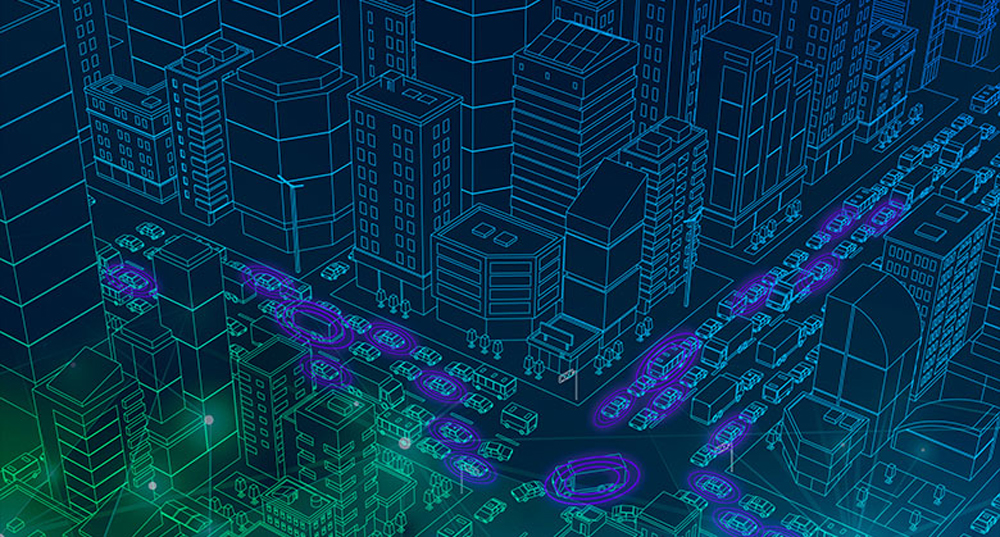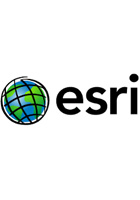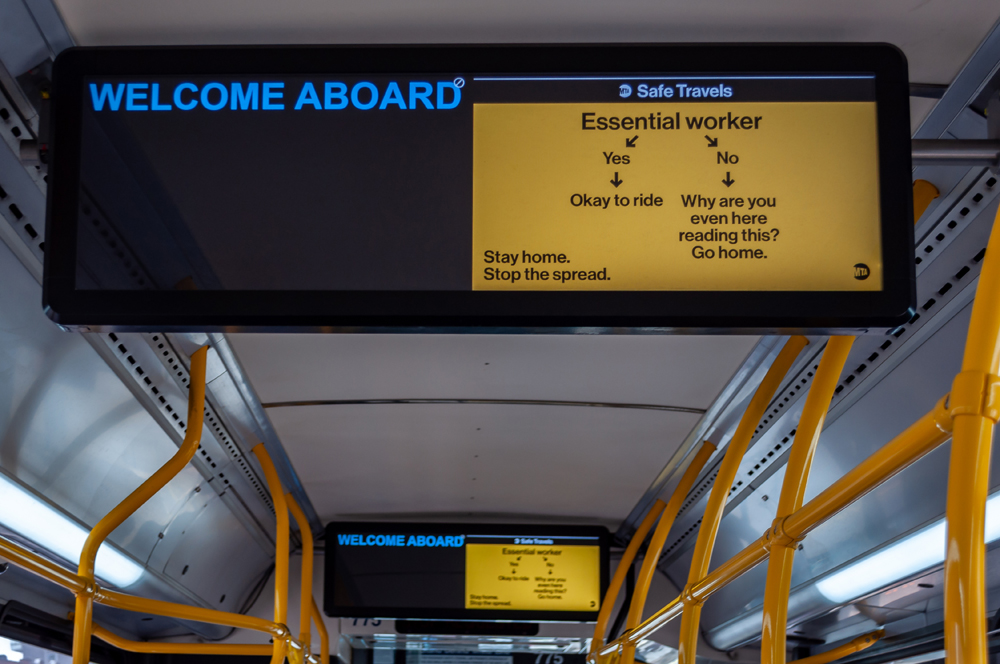
Parsons’ expertise in Virtual TMC operations, including experience in leading the development of the Virtual TMC Guidebooks, helped many of its customers transition to remote operations without losing important functionality or performance. A virtual TMC might include a physical facility with the capability to go remote, or a completely virtual operation with no physical centre at all. Either way, virtual TMCs must maintain critical functions including monitoring, collecting, processing, and fusing transportation system data; disseminating transformation information to outside entities; implementing control strategies that affect changes in the transportation system; and coordinate responses to traffic situations and incidents.
As Parsons points out, while Covid-19 will not be with us forever, these virtual capabilities can help departments of transportation reduce costs, increase innovation, and improve operational agility. Additionally, virtual TMCs prepare DOTs for future catastrophic events, whether another pandemic, hurricane, or wildfire.
Parsons says it can help manage both short- and long-term virtual TMC needs, including assessments, security design, communications architecture, training plans, implementation plans, and more.























